DigiLens, a company specializing in optical waveguide technology, recently announced that they had closed a $22 million round of strategic investment, also known as Series B funding. This round brought in Sony, Foxconn, Continental, and Panasonic, as well as more traditional venture investors such as Alsop Louie Partners, Bold Capital, Nautilus Venture Partners, and Dolby Family Ventures.
If you're not sure what a "waveguide" even is, you're not alone, but you probably have a general idea of what it involves thanks to wave and guide.
Waveguide optics in augmented reality headsets have an LED projector, typically in the casing that holds the glass lens. The lens itself is etched with surface relief gratings (SRGs) that bend or guide the light wave to the glass, to act as a screen. Imagine using a projector and a white screen, but instead of projecting from the back of the room like normal, you are projecting from the top corner of the screen itself at an extreme angle.
Optical waveguides are an important piece of tech found inside most head-worn holographic displays such as the HoloLens, Magic Leap, and Vuzix. As this technology grows in popularity, barring another type of display taking over, we will be hearing that word a lot—for years to come.
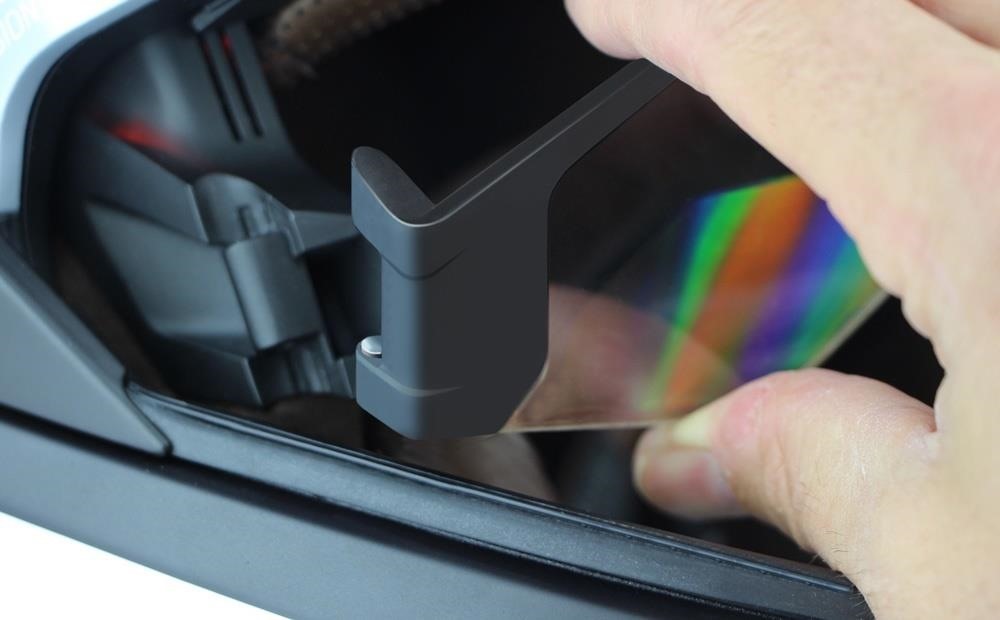
Up to this point, Sony has only brought a set of AR smartglasses to the market with a simple monochromatic display. A monochromatic option seems light years behind the other options on the market, which is surprising for a name like Sony. But the fact that they are in the mix of this round of funding at least shows some level of intent to get competitive in this market.
It's taken us several years to perfect our diffractive optical materials and exposure process for AR-HUD (head-up display) manufacture. Having successfully developed our DigiLens AeroHUD, in flight now for Rockwell Collins, this new investment will accelerate our wide field of view AutoHUD for Continental, MotoHUD we demoed with BMW and EyeHUD smart glasses for new partners in both enterprise and consumer markets.
Hardware and software manufacturing for the next generation of augmented and mixed reality displays seems to be a growing market sector with quite a few companies in recent month winning large financing rounds. There was ODG, with one of the largest funding rounds out of the bunch, with $58 million. Software solution InfinityAR had an $18 million Series C round as well. And, of course, we have the supernatural unicorn known as Magic Leap that could not stay out of tech news if it tried.
The next generation display technology will be glass. Data on glass is a critical capability for augmented and mixed reality applications such as gaming, navigation, telepresence, education, industrial, medical and military. Data on glass is being revolutionized by DigiLens' full-color and wide field of view optics and AR-HUD breakthroughs.
There is a lot of hope riding on this market to be the next big thing. And many of us who are diving headfirst into the deep-end of software development for these products are are riding that hope as well. It can be frustrating, to say the least, that the products they we are making now will not likely see any real use for some time.
What products are you excited to see coming this year? Which platforms do you think will win out in the end? Is it too early to make a real guess? Let us know in the comments.
Just updated your iPhone? You'll find new features for Podcasts, News, Books, and TV, as well as important security improvements and fresh wallpapers. Find out what's new and changed on your iPhone with the iOS 17.5 update.
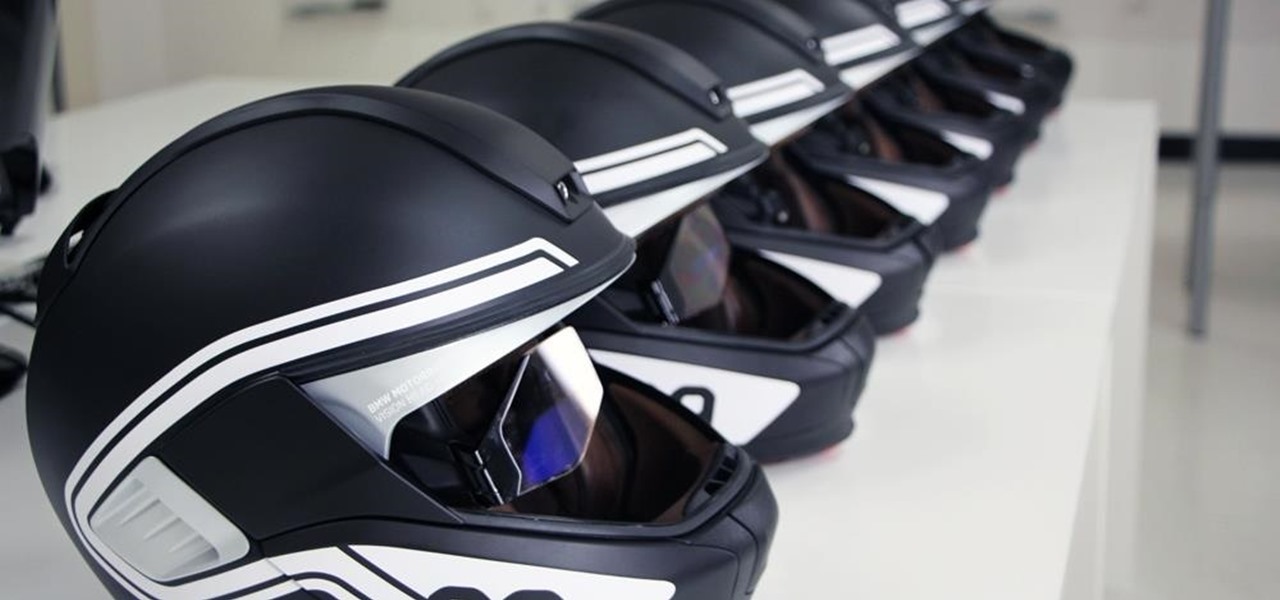












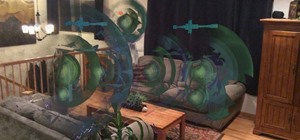
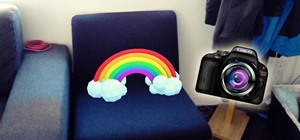
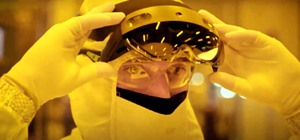
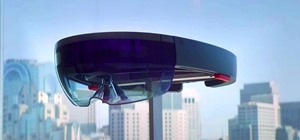
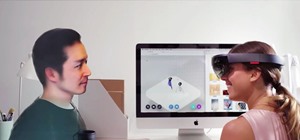
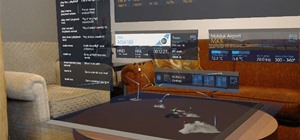
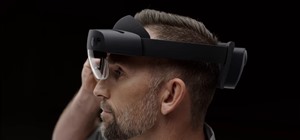
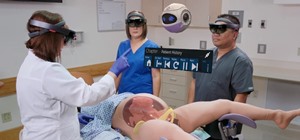
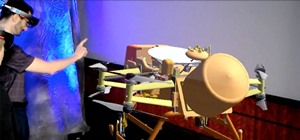

Be the First to Comment
Share Your Thoughts